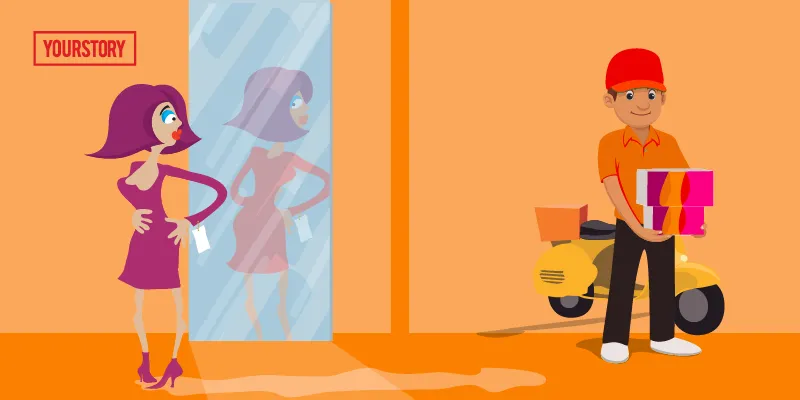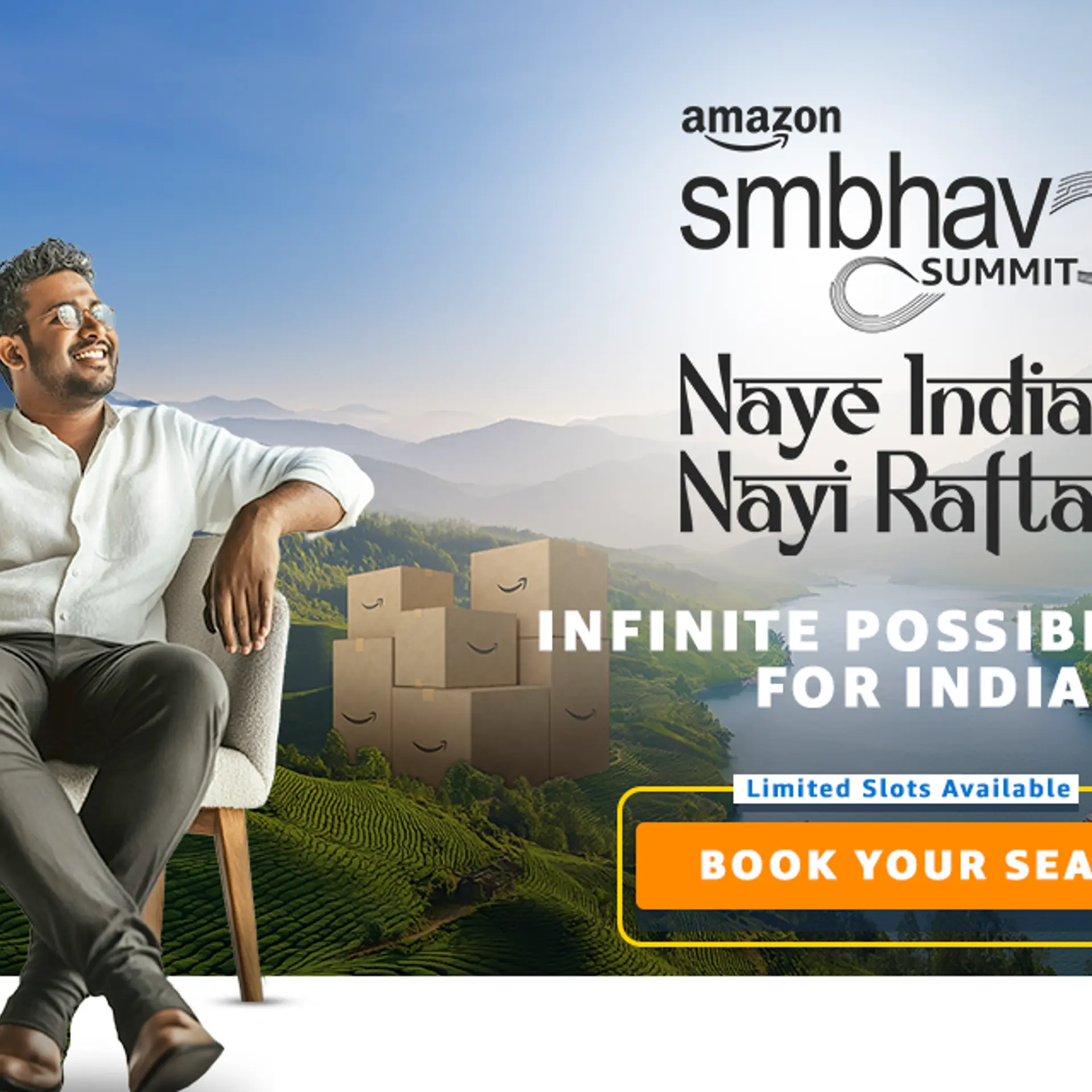Aiming to bring more customers online, Myntra launches 'try-on-delivery' service
E-commerce in India is expanding every day – yet it is less than two percent of India’s total retail industry. Still a developing country, our Internet penetration is crawling outside the metros, where a larger population is yet to feel comfortable with the idea of buying online. More than half of the online retail business belongs to fashion and electronic categories. Yet, when it comes to apparels, no amount of discounts or selections that the online players are providing has been able to beat the touch-and-feel factor that offline stores provide.
To overcome this hurdle, Flipkart-owned fashion retailer Myntra is now providing try-on-delivery, being piloted in Bengaluru. Launched about two weeks ago, the service is applicable in select pincodes, with no minimum ticket size. Myntra is planning to scale it to 10 cities in the next 2-3 months and to over 20 cities in the next six months.
Manish Pansari, VP-Logistics, Myntra, said in an email: "We recognise that one of the barriers to buying fashion online is the lack of touch, feel and trial factor. With this service, we are breaking that barrier and encouraging customers to try fashion online. This also eliminates the overall hassle of returning the product later. This has been launched as an introductory free service." The service is available on all of the company's platforms - app, mobile site and desktop website.

Planning in advance
Although there were reports in 2012 that Myntra was launching a ‘Try-and-Buy’ service, it did not pan out. In an email, Myntra said: “We surely evaluated offering this service earlier but the market was not ready then as there were much larger issues being addressed such as CoD [cash on delivery], refunds and home delivery of shipments. Now that we have overcome the issue of delivery reliability, we need to overcome this barrier.”
While Myntra’s latest initiative will come with a price on logistics, it surely enables the retailer to reach out to a wider customer base. Their recent ad campaign ‘Try Myntra’—featuring actors Abhay Deol, Ira Dubey, Prateik, and Amol Parashar—aimed at customers who may be sceptical about buying clothes online. On June 1, Myntra re-launched its desktop website, which had been shut down a year ago, as the app-only strategy had affected its revenue. Myntra agreed that women users—who make up a substantial majority of their customerbase—prefer more channels than the smartphone.
Time for rethinking
While Flipkart, which acquired Myntra two years ago, has been restructuring itself – in app features, sellers’ commission, and its top leadership, Myntra is focussing on its strategies, with a view to making profits soon. Competing against the likes of Jabong, Voonik, Limeroad and Wooplr, Myntra is leaving no stones unturned for customer acquisition.
Offline giants, from Tata to Shoppers’ Stop, are hopping onto the e-commerce bandwagon. But online fashion retailers have had to reach out to their customers through offline experiments – especially because apparel and accessories, unlike gadgets and books, could be dramatically different from what is seen on the app/website. Besides Urban Ladder, Zivame and Lenskart, online jewellery sellers Caratlane and BlueStone also offer try-at-home service. Even horizontal online marketplaces such as Flipkart and Snapdeal have offline strategies for catering to customer satisfaction. The former’s “experience zones” and the latter’s omni-channel strategy are variants of this model. With such services in place, it looks like the thin line between offline and online shopping is quickly fading.







